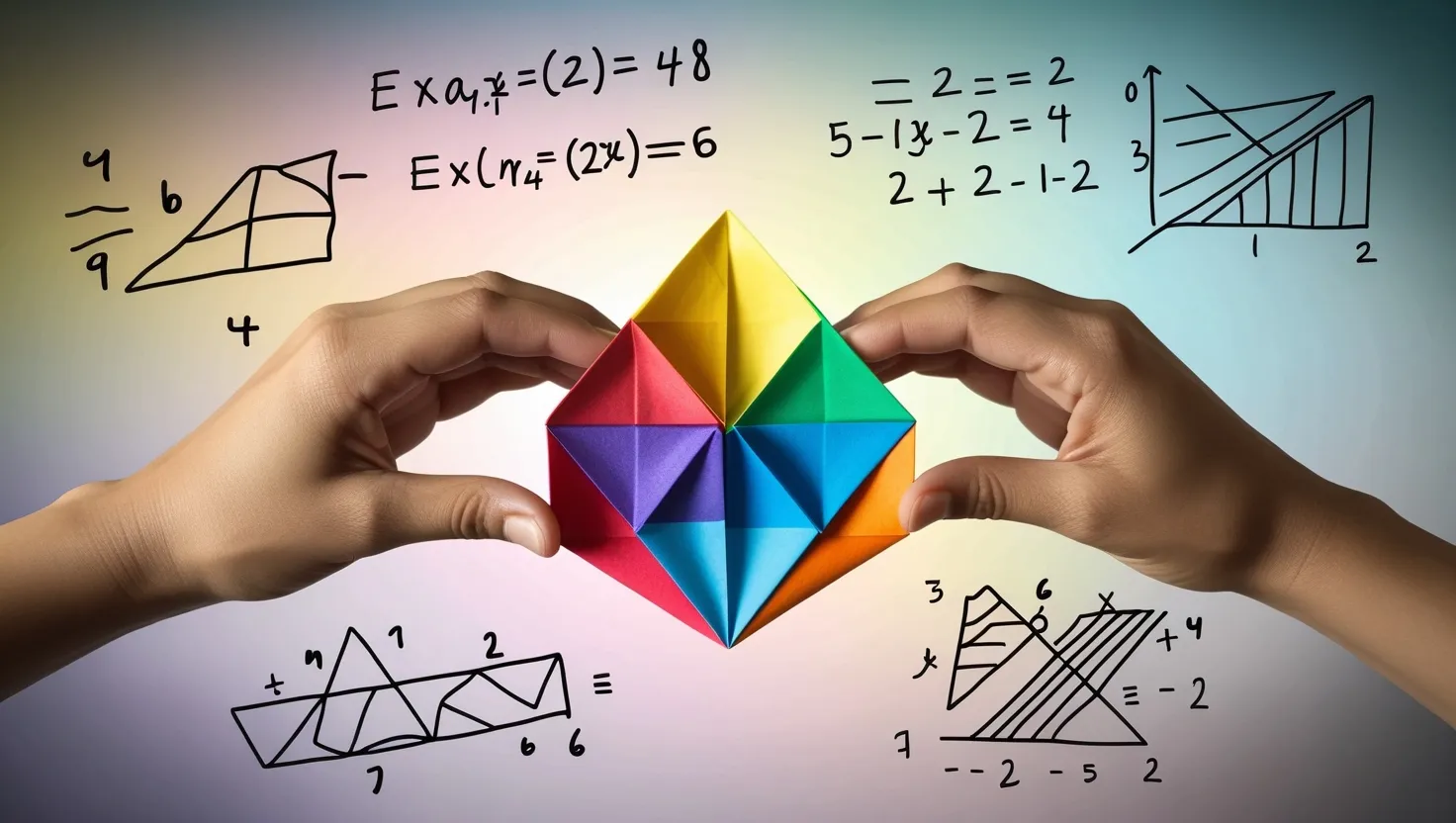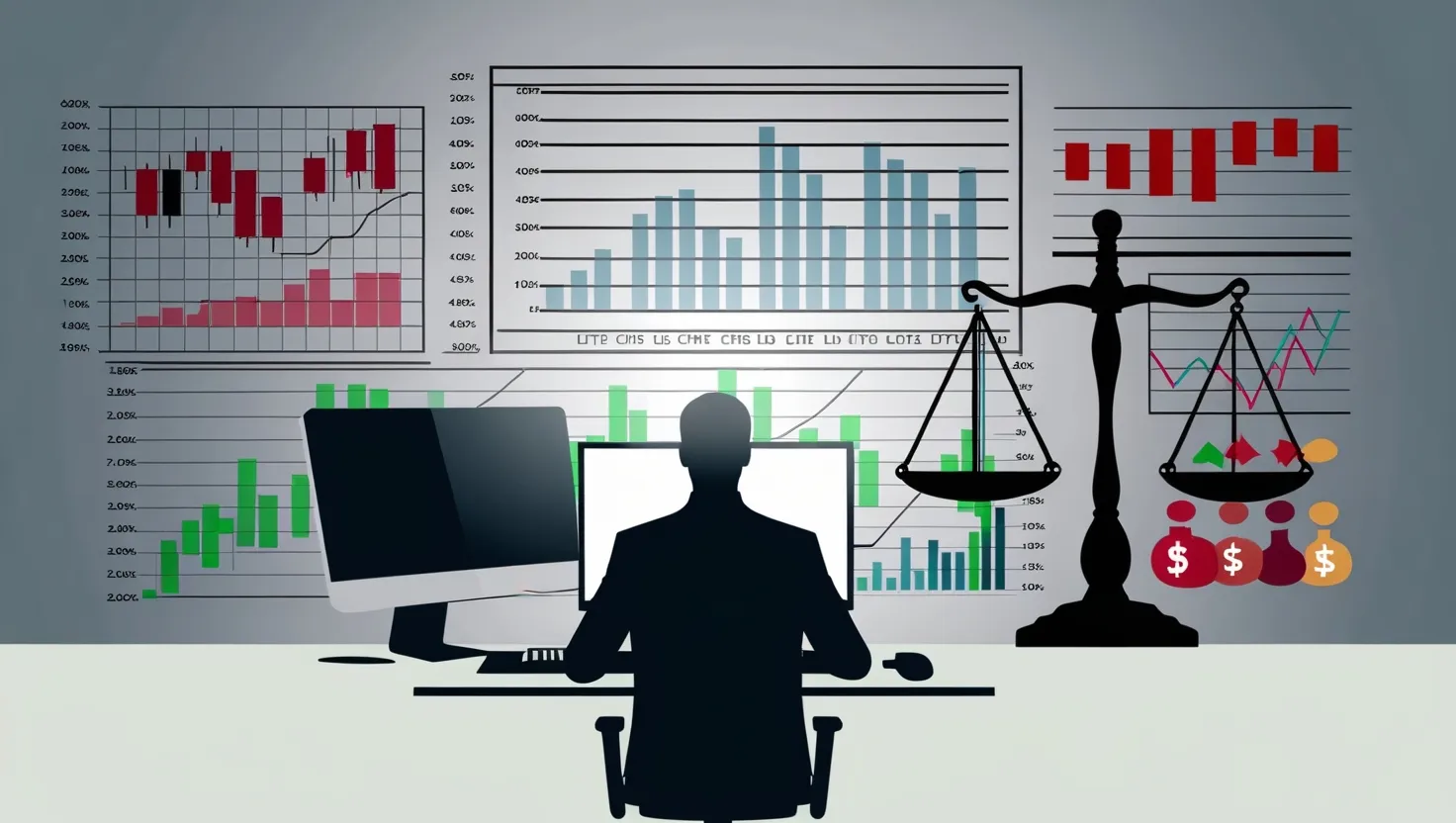Miguel had always seen numbers as adversaries, antagonists lurking in textbooks, waiting to trip him up. Math wasn’t just difficult for him—it was a source of ongoing anxiety. Each equation seemed like a weight pressing down, each graph a maze designed to confuse. I think many of us can relate to the dread he felt, the way a missed homework problem or a tough test question can overshadow an entire day. But Miguel’s story isn’t about giving up; it’s about finding an unexpected connection, a way for paper, folds, and patterns to transform the way he thought about numbers.
I remember Miguel telling me how he stumbled upon origami. It wasn’t during a math class or a workshop; it was on a restless night when his mind refused to quiet down. Flipping through a book his mother had left on the table, he began folding the corner of a page and then another, soon shaping something resembling a bird. For the first time in days, his racing thoughts slowed. The precise, deliberate folds gave him a focus he hadn’t felt in years. That night marked the start of an unlikely journey.
Origami, at first glance, might not scream mathematics or problem-solving. It’s often seen as a delicate art form, a way to create beauty from simplicity. But the deeper Miguel dove into it, the clearer it became that origami was geometry in its most tangible form. Every fold, every crease, was a line, an angle, a ratio waiting to be calculated. And unlike the abstract symbols on paper that felt so alien to him, the folds of origami were something he could see, touch, and manipulate. Miguel once said, “Why didn’t anyone tell me math could look like this?”
What captivated me most about Miguel’s story was how his newfound hobby began to change his perspective on math. Take compound interest, for instance. For years, it was a concept he’d avoided; the idea of interest growing on itself seemed like an abstract threat he would face someday, a financial bogeyman. But as he folded and refolded paper into intricate shapes, the pattern of compounding began to make sense. He realized that each fold added to the structure of the whole, just as each interest payment builds on the last. In shaping geometric designs, he observed how small, incremental actions could result in exponential complexity—just like money in a savings account. This didn’t just demystify numbers for him; it gave him a sense of control he’d never felt before.
“Mathematics is the poetry of logical ideas,” Albert Einstein once said. For Miguel, that poetry had always been hidden behind an impenetrable wall. But as he folded cranes, boxes, and stars, he saw the rhythms and patterns that lay beneath the numbers. And with that, a revelation emerged: math isn’t just about solving problems on paper—it’s everywhere, imbued in the physical world, waiting to be understood.
One of his breakthroughs came when he started experimenting with modular origami—where multiple pieces of paper are folded and assembled into a single structure. Each piece had to fit precisely with the others, forming symmetrical and often complex designs. This mirrored concepts of collaboration and integration in systems, teaching him how seemingly unrelated parts could come together to create something greater than the sum of their parts. It also taught him patience, precision, and perseverance—qualities Miguel realized were essential not only in math but in life.
Doesn’t it make you wonder? How many of us have shied away from concepts just because they were handed to us in a form we couldn’t relate to? For Miguel, origami wasn’t merely a creative outlet or a way to calm his nerves. It became a bridge to understanding, a medium through which ideas that once felt foreign started to make sense.
And then there was his father. Miguel’s father was a mathematician, someone who had always seen numbers as friends, not foes. For years, their conversations about math had ended in frustration, their relationship strained by mutual incomprehension. But Miguel’s newfound relationship with math gave them common ground. He showed his father the models he created, explaining the geometry and mathematical principles behind them. His father, in turn, shared stories of mathematical breakthroughs, framed in ways Miguel could now appreciate.
“You know,” his father once said, “mathematics isn’t just about numbers. It’s about patterns, structures, connections. You’ve always been good at seeing connections.” And for the first time, Miguel believed him.
I remember asking Miguel what kept him motivated through the challenges of learning both origami and math. His answer is one I’ll never forget: “Every fold is like a decision. It might look insignificant on its own, but together, they shape everything.”
What if we all approached math like Miguel, seeing it not as an isolated subject but as part of a larger, interconnected world? What if we found ways to make abstract concepts tangible, relatable, even beautiful? Miguel didn’t just conquer his fear of math; he changed his relationship with it entirely. And he reminded those of us around him that growth often comes from unexpected places.
So I ask you this: What’s your origami? What’s the thing you’ve overlooked, dismissed as irrelevant, only to find it holds the key to something you’ve struggled with? Miguel’s journey is a reminder that sometimes the most profound insights come from folding life into shapes you didn’t know were possible.
As for Miguel, math is no longer an adversary. It’s a puzzle, a challenge, occasionally even a game. And every time he folds paper into something new—whether it’s a crane, a box, or a tessellation—he’s reminded of how far he’s come.






